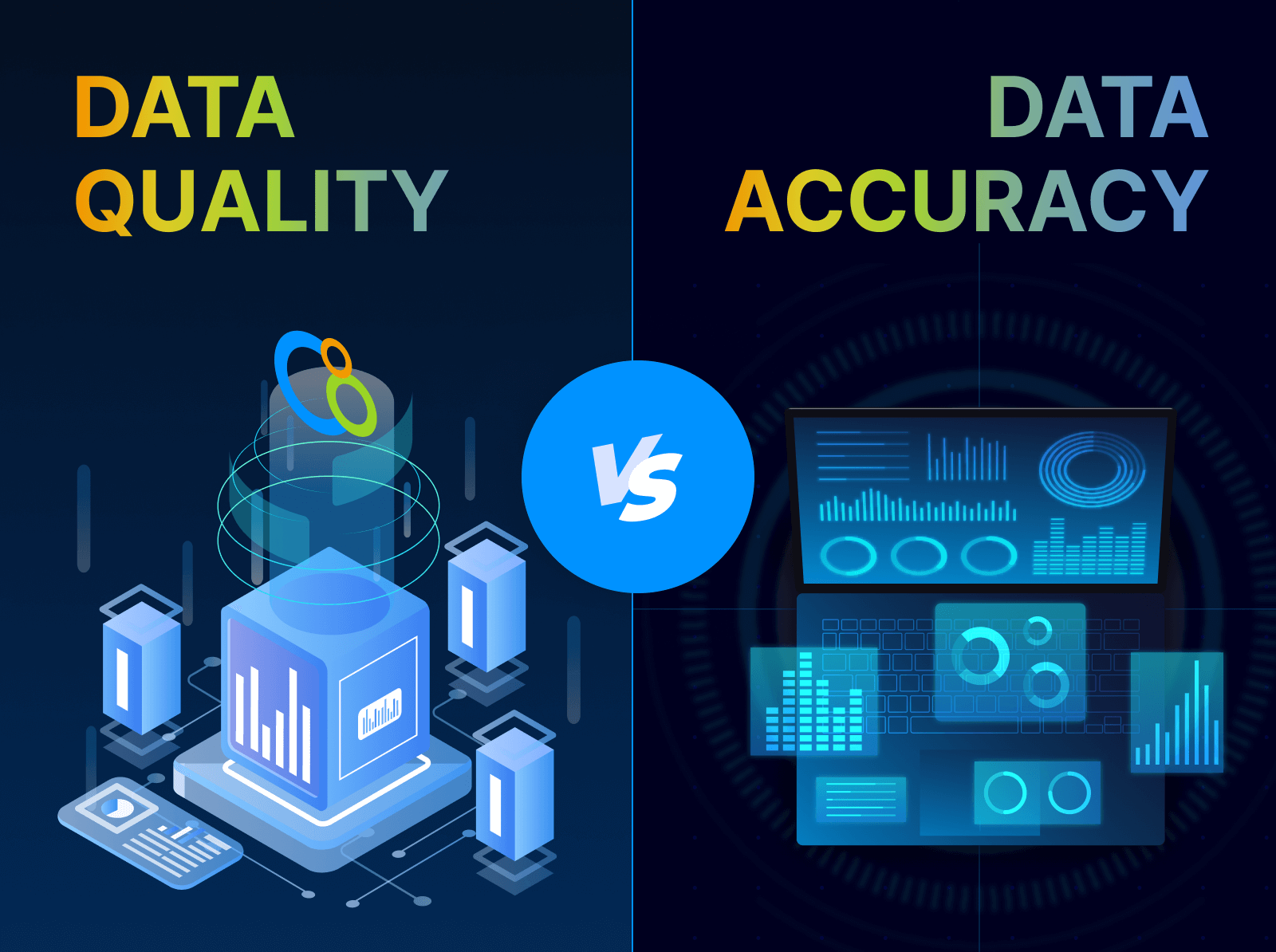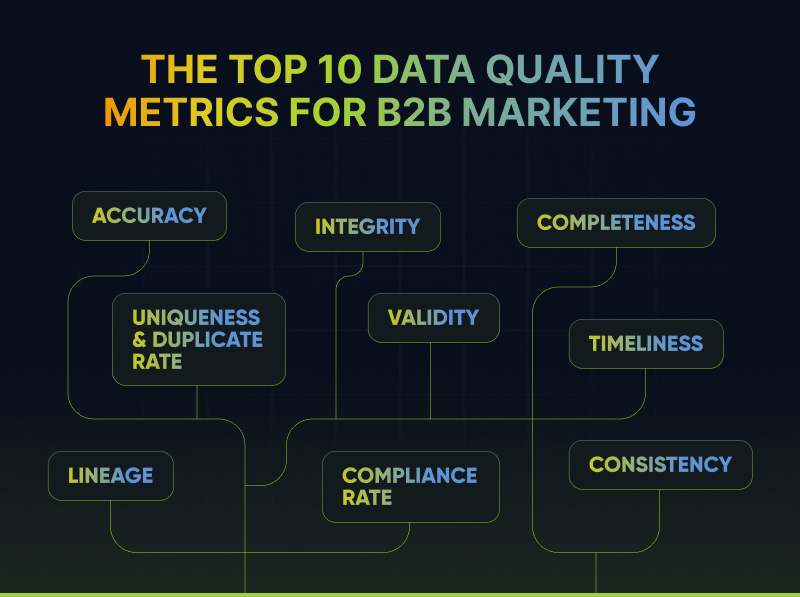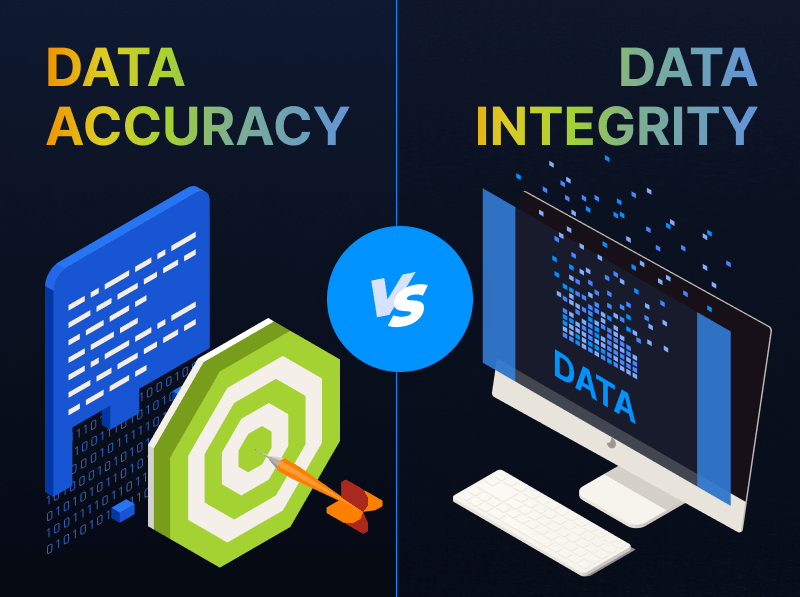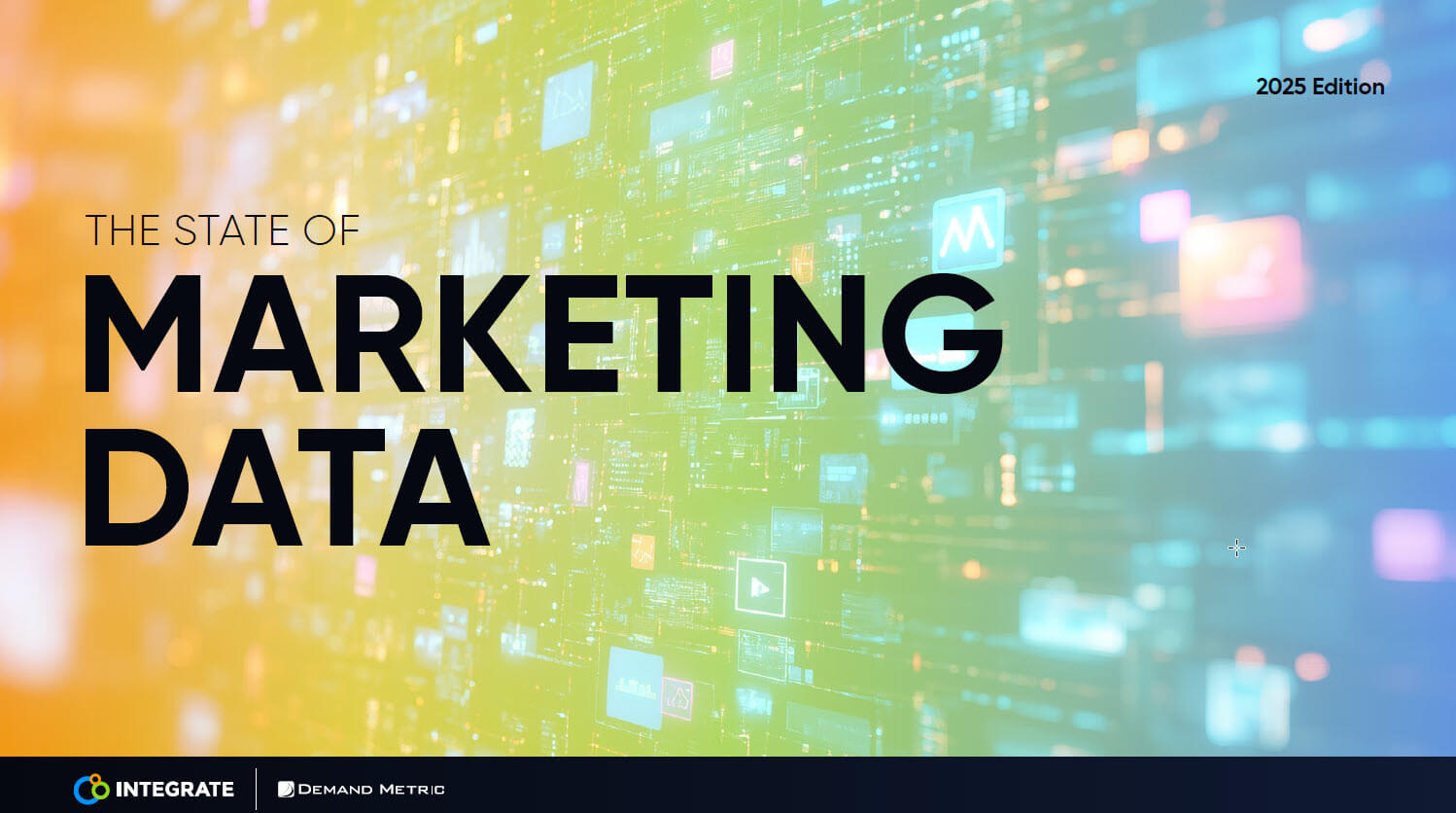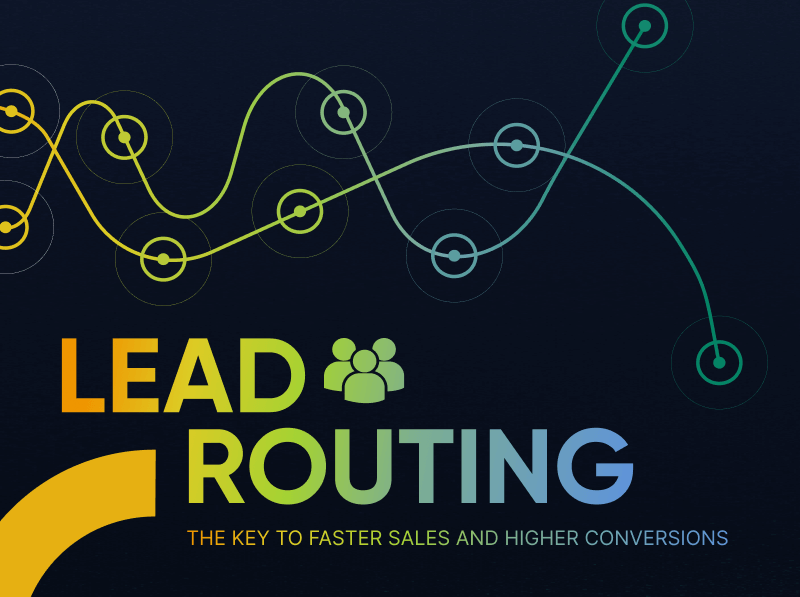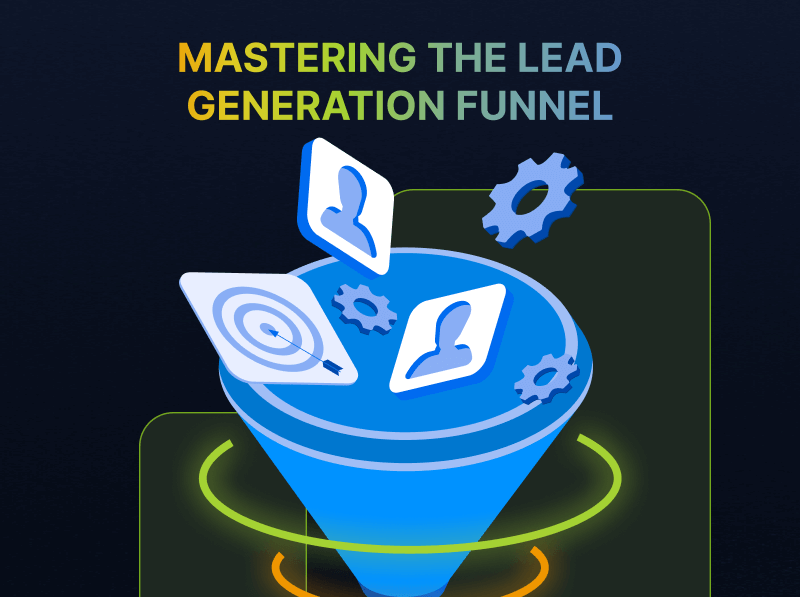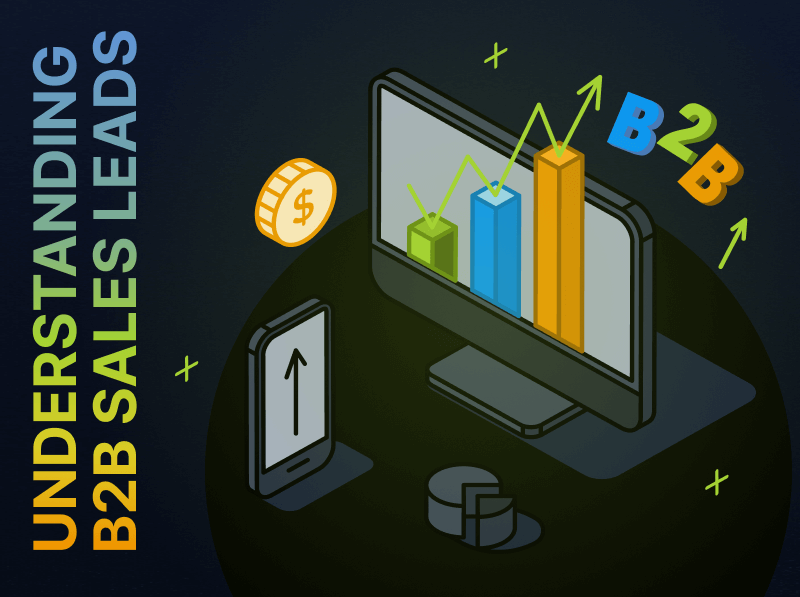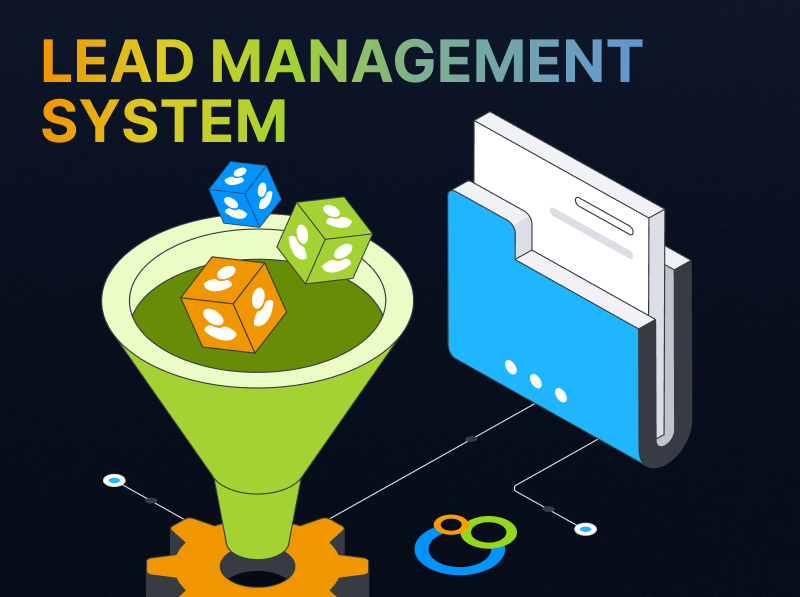Building on the Promise of Account-based Marketing
Since 2015, account-based marketing (ABM) has dramatically changed B2B marketing—for the better.
ABM is no longer a one-off initiative or a mere “tactic.” It’s now embraced as a strategic approach that aligns demand creation, customer relationship programs, and messaging against a set of defined accounts and goals. It does so in a way that’s relevant and valuable to those accounts and to your sales team.
Benefits of ABM: Lists, Not Just Leads
Prior to ABM’s introduction, B2B marketers were essentially fishing for buyers, using a variety of lures—tactics—to bring prospects to them.
The goal? Net as many leads as possible and get them in the sales funnel.
The problem? The vast majority of those leads never became customers. They simply got away. And, for the most part, we knew why they did. The scattershot approach of “filling the funnel” was all about volume, not about identifying truly viable prospects.
By being focused, even obsessed, with leads as a number, we clogged our pipelines with low-quality data. This made the sales process inefficient, wreaked havoc with the sales-marketing relationship, and further reduced the likelihood of connecting with ideal buyers—and providing an engaging and relevant buying experience.
When we did attempt to make connections, we were operating blindly, with little or no idea of who was in-market, where they were in their buying process, or what they might need. Our teams worked independently, walled off from each other. Each channel was in its own silo.
ABM Actually Targeted Viable Prospects
Enter account-based marketing. By collecting detailed information on past successes and buyer intent as well as first-party web analytics data, ABM providers were able to create lists of accounts that were a more solid fit, and showed a higher likelihood of buying.
As a marketer, you could then take that target account list (TAL) and automatically import the data into your system. The result was a more accurate, more personal approach to marketing.
ABM Solved a Need—but It Must Evolve
Companies of all sizes and types embraced ABM target account lists and clamored for more. Sales teams understood the benefits and pushed marketers to add more accounts to their lists.
Meanwhile, management teams applied pressure, hoping to get more out of the money spent on ABM. Requests for a couple hundred potential buyers on a TAL quickly graduated to expectations of thousands of prospects.
The goal of all those names and lists was to help B2B marketers boost clear, measurable ROI with:
- Message targeting, which tailors all creative assets to that customer’s specific attributes and needs.
- Sales and marketing alignment that removes the walls in organizations, empowering marketers to identify target accounts, craft customized campaigns, and work together to move individual accounts through the pipeline.
- Shorter sales cycles, thanks to a process that nurtures all prospects simultaneously rather than beginning at a low level in the organization and moving up.
- Less waste, due to a focus on a relatively small number of accounts that are most likely to become buyers, so we can maximize efficiency and deliver results faster.
ABM has been an extremely powerful tool. It has enabled B2B marketers to see real results.
However, ABM comes with a price: it is a more expensive and resource-intensive marketing approach. The degree of data and customization required for truly impactful ABM efforts is prohibitively expensive to scale down to a broader audience.
Once you’ve paid a significant chunk of your budget to get your target account list, you still have to do something with it. And this to-do list is robust, to say the least. You and your team must:
- Activate the target accounts.
- Govern the data: Make sure all those potential buyers are opted in, that the data is compliant with all statutes, and that that information is correct.
- Connect: Choose the tactics and develop the campaigns that will target the right people at the accounts.
- Measure: Collect the data that quantifies which tactics worked, so you can optimize your marketing efforts and re-target when necessary.
As you and your team carry out those tasks, you must answer critical questions—questions vital to precise targeting—including:
- Who are your key personas?
- Who are your buying groups within these accounts?
- How do you then connect with them from a technological perspective?
- How do you start to map out and activate them by journey?
- How do you measure success?
ABM Alone Isn’t Enough Anymore
Clearly it’s time for a change. We must evolve our ABM strategy to better engage and convert our potential buyers. We need to focus our campaigns on where buyers are doing their research and make it easy for buyers to get the information they need to make important business decisions. This is where traditional demand programs and ABM converge to create the powerhouse we call Precision Demand Marketing.
Get a copy of Integrate’s Precision Demand Marketing book to learn more about the future of your B2B marketing efforts.


